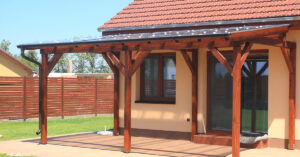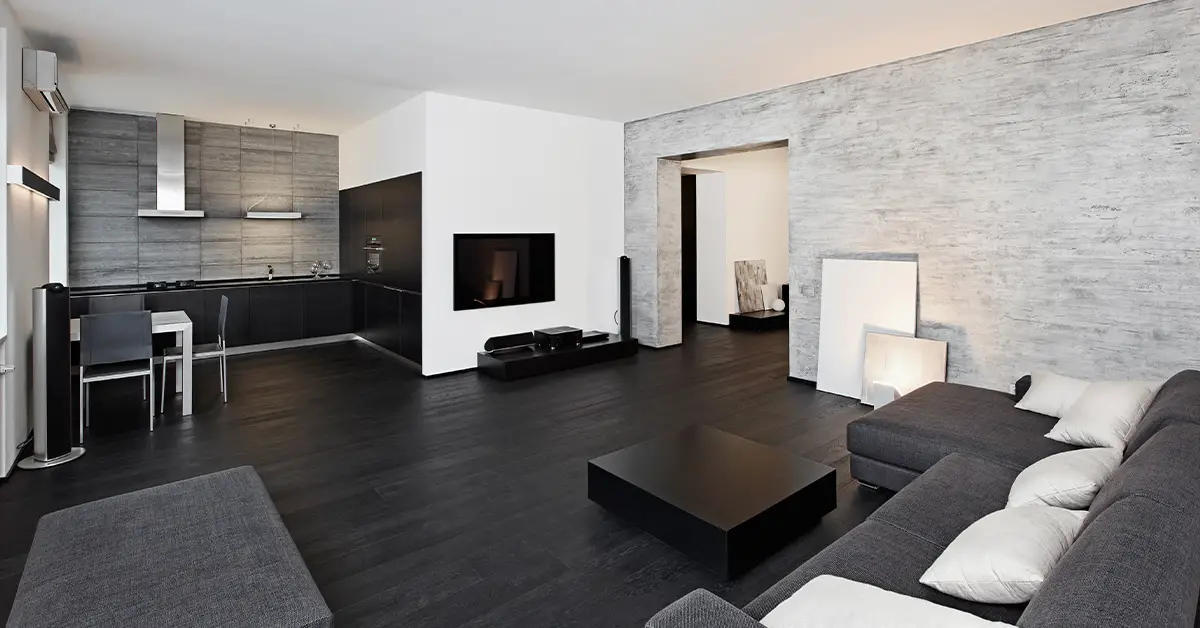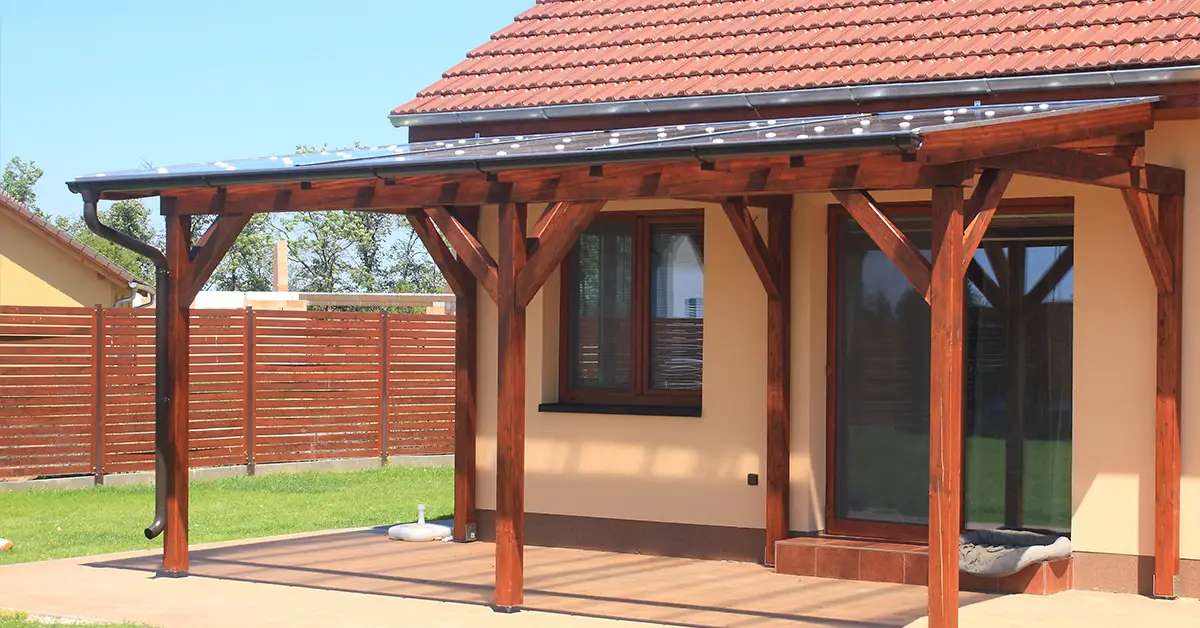Did you know that plywood, when treated in the proper way, can last up to 35 years and sometimes more? Plywood is one of the most common wood options when it comes to home construction and DIY projects. However, what is luan and how is it different from plywood?
Luan wood is one of the thinnest types of plywood you can buy. This, however, doesn’t mean luan is useless and should be avoided. In fact, it is often used in ceilings and drawers because of how light it is.
But what else can you do with this type of wood? Can luan be stained? What are the benefits of luan over ordinary plywood?
If you’re asking yourself these questions, you’re in the right place to find your answers. In this article, we will explore the many pros and cons of luan as well as its many uses. We will also take a look at how luan compares to plywood.
To start off our discussion, let’s take a closer look at what exactly luan and plywood are.
Table of Contents
What Is Plywood
Plywood is one of the most utilized types of wood. Plywood consists of engineered wood panels. These panels come together when several layers of softwood veneers adhere together with each layer perpendicular to the next.
The names of these layers are plys, hence the name of the finished product. The adhesive used to bind the plys together is not any ordinary glue. Instead, a special waterproof and heat-resistant adhesive is used to make plywood especially resilient to various conditions.
The wood of the plys usually has origins in Douglas fir trees, pine trees, or spruce trees. Plywood can come in all sorts of dimensions and thicknesses, but the usual thickness of plywood is around half of an inch. Because of how versatile it is, plywood can be used in structural and non-structural situations.
It can also have use in moist as well as dry conditions. More often than not, you can find plywood having use in the construction of walls, roofs, floors, and subfloors. Sometimes, it can even have use for the construction of furniture.
Because of the way plywood becomes treated by chemicals and by pressure, the wood is very well preserved. This preservation means that plywood is very resistant to fire and water and will dry out quite well if it becomes dampened.
Plywood is not only versatile but affordable compared to other types of wood. It is lightweight compared to other types of wood as well. These qualities usually make plywood the go-to option.
However, how does luan vs plywood hold up?
What Is Luan
Luan wood is a type of hardwood plywood derived from tropical trees from the Philippines. It is as commonly found as ordinary plywood but it is much thinner, usually about a quarter of an inch thick, if not less. Luan has a noticeably different look and feel compared to ordinary plywood.
Luan is very much softer and smoother than plywood. As with plywood, the plys of luan are bonded together with a waterproof adhesive, making the resulting product resilient to water and quick to dry. More defects may appear on the surface of luan which are usually sanded smooth.
However, because of this, luan is usually painted over in order to improve its appearance. If you have ever interacted with a sheet of luan wood, you will have noticed that luan is much more pliable than plywood. Because of this, plywood is a great option for certain DIY projects such as toys.
You will find that, in some cases, luan can be used in construction. It may be used in flooring and in the construction of kitchen drawers. However, when used as flooring, many professionals say that it should be supplemented with sturdier flooring in order to make sure the flooring is secure.
One of the major cons of plywood is also one of its benefits: it is very, very thin. On one hand, its thinness is great because it makes it very lightweight. This is ideal for crafting ceilings and other things that require lightweight products.
However, its thinness can also make it more fragile compared to other types of wood. This can be frustrating to both contractors and to those wanting to use luan for DIY projects.
The Cons of Luan Wood
A disadvantage you may discover when working with luan is that the top layer of veneer may splinter easily. This is especially true when trying to saw the luan into pieces. If you are using luan for toys, dollhouses, or other uses which require the luan to be visible, a splintering surface will ruin the look of your project.
This defect, however, does not mean it is impossible to work with luan wood in this way. You simply need to remember to be more delicate with luan wood compared to different types of wood. To avoid splintering the surface of luan wood, try slicing the surface veneer with a knife to create a superficial separation.
Then, proceed with sawing through the rest of the wood in the same area. This will allow the wood to separate more naturally and avoid splintering.
Another con with luan is that it is not very sustainable compared to other types of wood. This is because luan originates from the shorea trees found throughout southeast Asia, especially the Philippines. Ever since luan wood became popular in the 1960s and 1970s, the forests of shorea trees have been rapidly declining due to deforestation.
Shorea trees are tall and straight, meaning that when they are harvested, little goes to waste. While this is a good thing, the number of shorea trees that are harvested cannot keep up with the number of shorea trees that are growing. This is especially true since shorea trees can take a very long time to grow to maturity, sometimes even decades.
Because of the declining availability of luan wood, it is often mixed with other types of wood. Because of this, you will find that some shipments of luan wood will look very different from others.
The Pros of Luan Wood
Even though there are several disadvantages to luan wood, there are also several advantages. One of the major advantages is that luan wood is surprisingly strong considering how thin it is. This is because of how flexible it is.
You will have a hard time breaking a panel of luan wood compared to plywood which is much less pliable. Besides ceilings and drawers, luan wood is also a popular choice for boat building because of its flexibility and resistance to water. For a similar reason, it is also used underneath certain types of flooring such as vinyl.
Luan wood of good quality can also have use in exterior projects due to the attractive color of the shorea wood. If you’ve ever found yourself wondering, “can luan be stained?” the answer is yes. Staining luan wood can result in a very appealing wood panel that can have use in a variety of ways.
It is also stained easily. You won’t have any trouble applying a stain to luan wood if you decide you want to try it yourself.
Speaking of DIY projects, luan wood is ideal for DIYers. This is because it is so lightweight that just about anyone can work with this type of wood without having trouble carrying it around and manipulating it. Luan wood is especially great for furniture because of its flexibility and strength as well as its attractive appearance.
Luan vs Plywood
If you are debating whether you need luan or plywood for your project, you need to consider what qualities your project requires. For example, if you are constructing a wall, you will most likely want to opt for plywood. This is because plywood is more sturdy than luan and is better for structural use.
If you used luan wood for walls instead, you would find that it would be too flexible and not offer the right support you need. On the other hand, if you want to construct a ceiling, you would likely prefer luan over plywood.
While you could use ordinary plywood for ceilings, it can often be too heavy and cumbersome compared to luan wood. With luan wood, you can easily cut it into the sizes you need and carry it up to create a ceiling.
As for DIY projects, consider whether you require a sturdy material. If you need something sturdy, go for plywood. If sturdiness and support are not important, luan wood is likely the better option.
Understanding Luan and Plywood
By the end of this article, you no longer need to ask yourself, “What is luan wood?” You now know the difference between luan and plywood. You also know how to choose the right type of wood for your project.
To learn more, explore more of our website.







